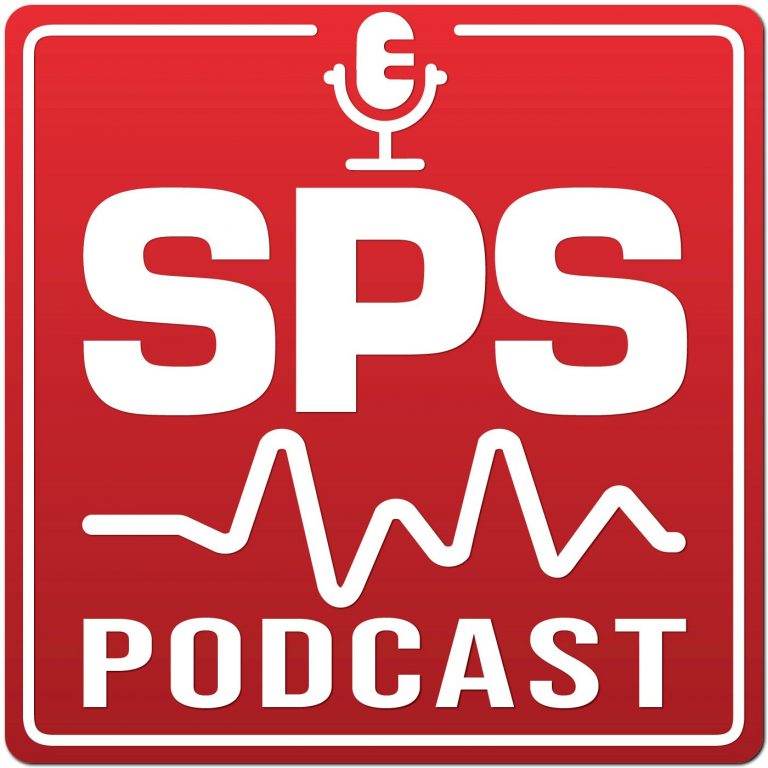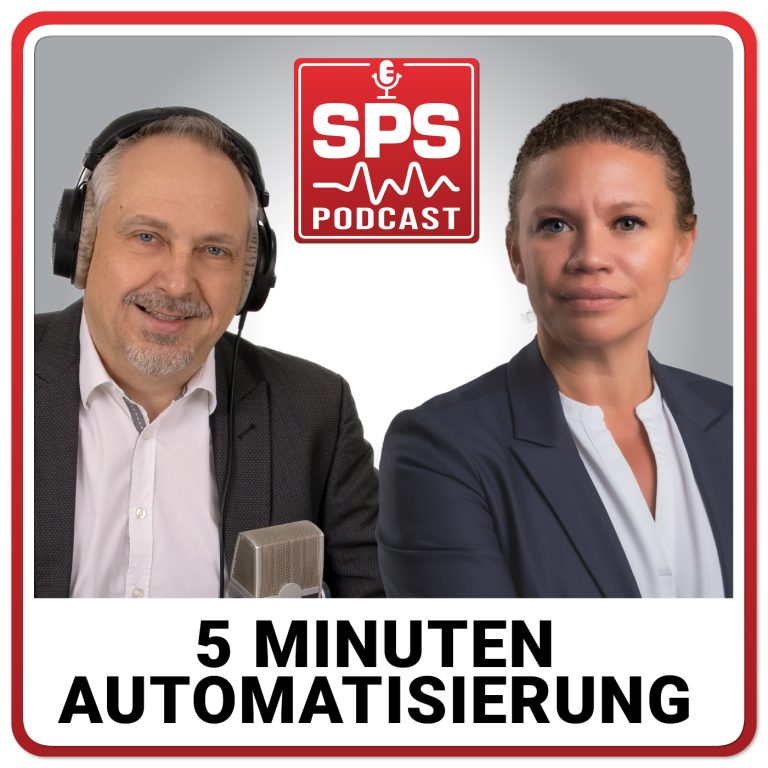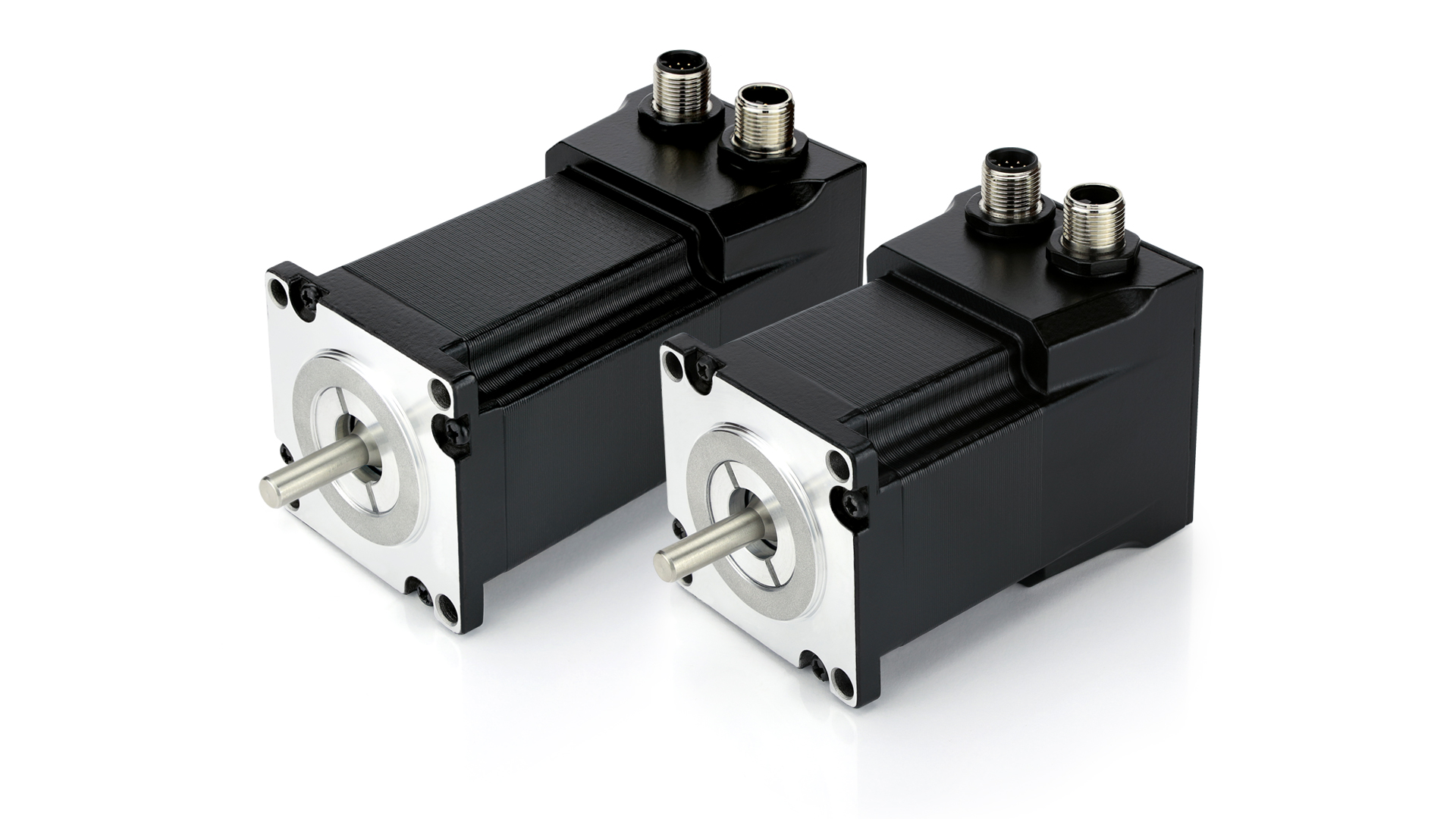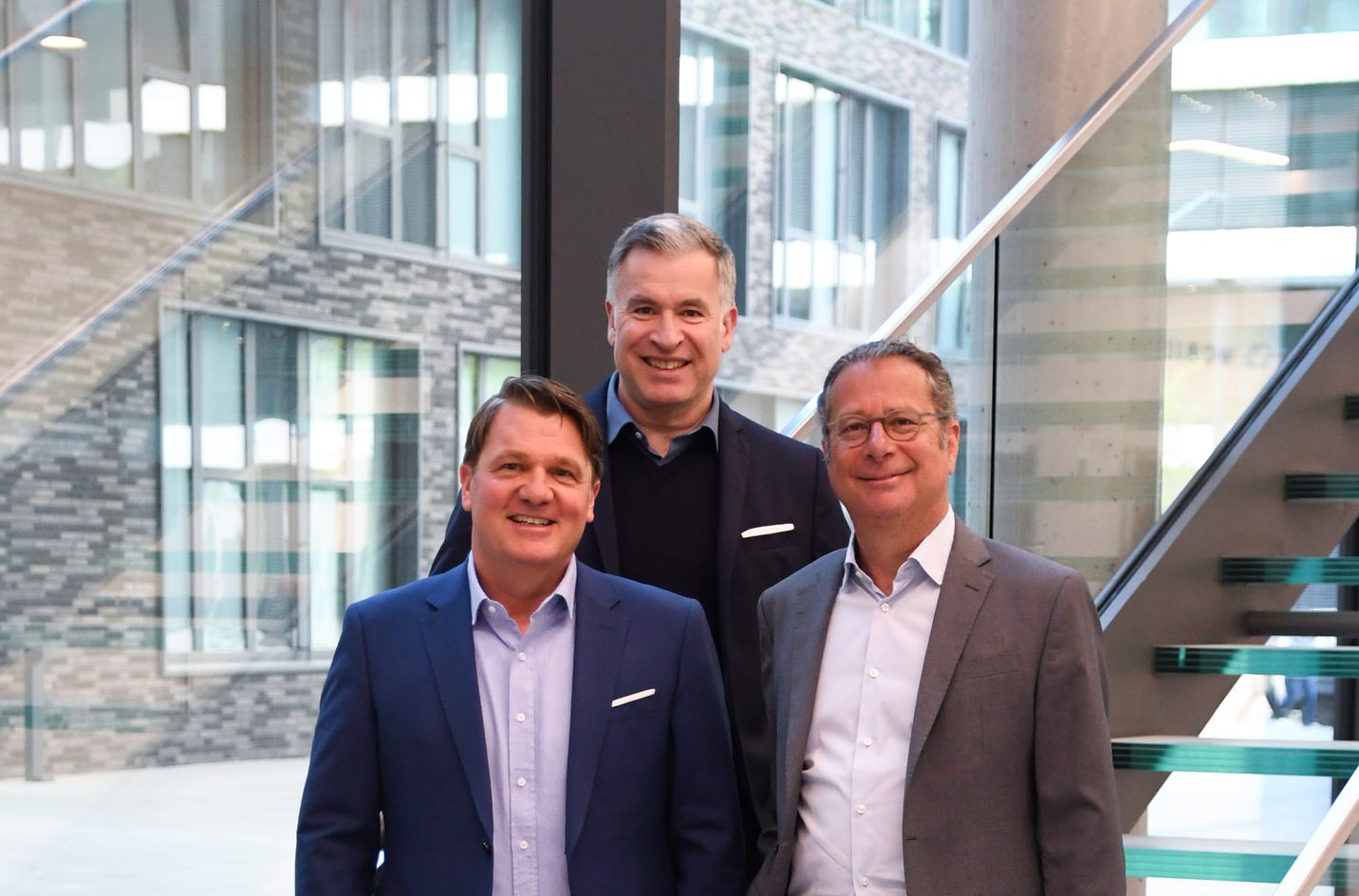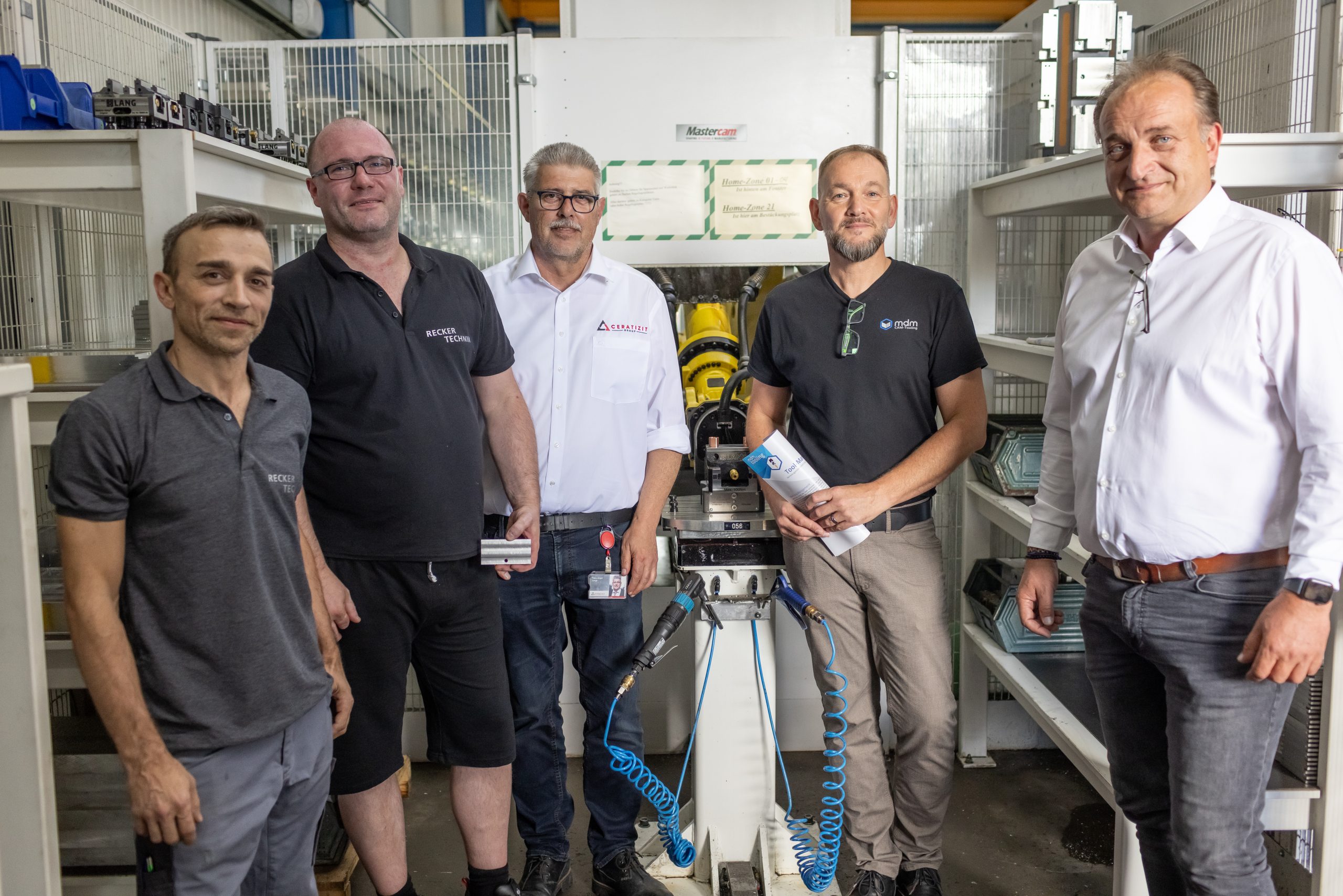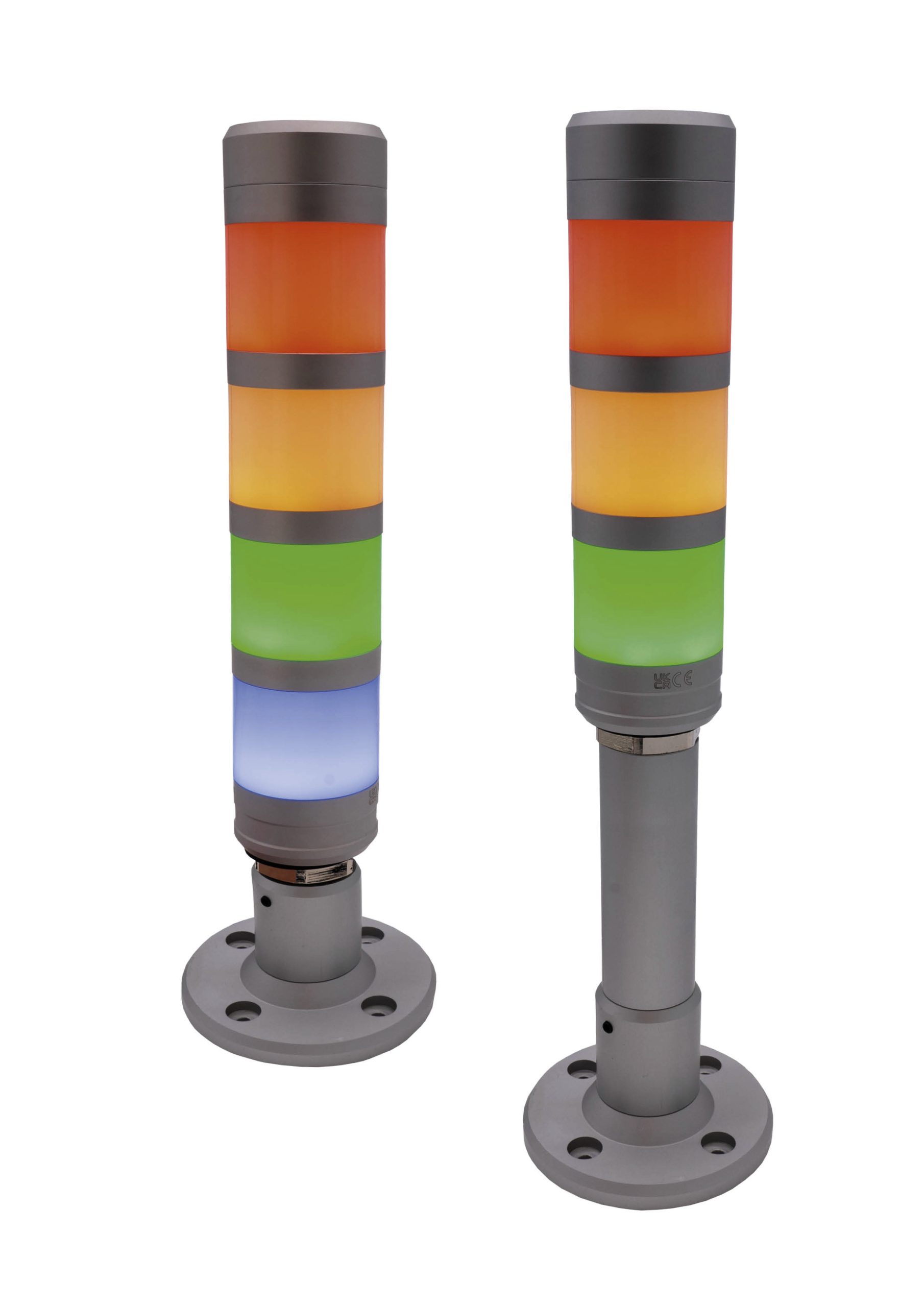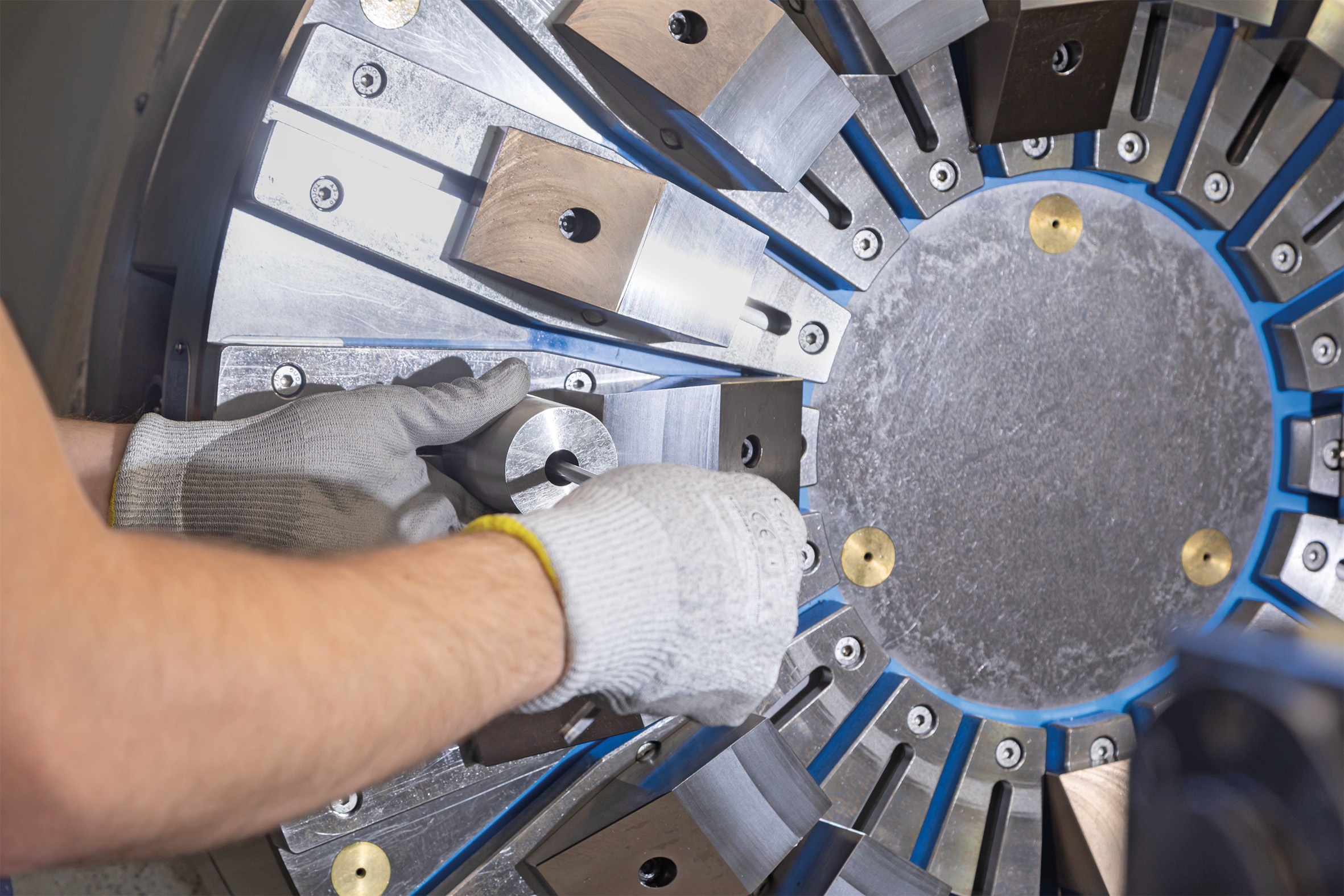I recently attended the Fiatech conference in Miami, Florida. Since this conference focuses on the construction industry especially for petrochemical complexes you may think that this was a strange place for a controls writer to visit. But the key word for me was interoperability. The sessions that drew the highest attendance were those that discussed the critical need to expose data from one system to another system critically in need of that data. A critical transition point of a construction project is the handover from engineering and building to operations and maintenance. This is the same for a manufacturing line as it is for a refinery just a different scale. This data must also be digital and not just a pdf file. The data must be in a usable database format that can be imported or used by another application. MIMOSA (www.mimosa.org) which has been working on standards in this area for several years, and its work is rapidly gaining traction. MIMOSA\’s plans are ambitious. It wants to cover the entire area from engineering design systems to construction to operations and maintenance systems. These plans integrate with some of the standards known in the machine control world–namely OPC. Many companies saw that it was in their best interest to standardize the interfaces between systems so that they could concentrate on optimizing their own systems. This technology, now in its second phase as OPC UA, has been successful and is one of the parts of the Open O&M consortium begun by MIMOSA to get all the systems talking. OPC is usually found in communication among control devices. It is also useful in communication to enterprise IT systems. IT is the hub for much of this data interoperability that is necessary for more efficient plant operations. But IT people and controls people are often at odds. The next phase of control engineering is to see a larger picture than only machine control. That is, they need to see how they impact the entire plant. As an example of how controls companies are moving into this new world, I point to Mitsubishi Electric Automation. In the US, Mitsubishi is known as a machine control supplier. It is strong in CNC and PLC (Anmerkung d. Redaktion: dt. \“SPS\“) equipment and peripherals, such as motion control and drives. Yet, my conversations with company personnel for at least two years have centered on IT. They talk about how they can expose data from control systems in a seamless way with IT systems in a way that is \“IT-friendly.\“ In fact, I just finished hosting a Webcast with two executives of the company who discussed what we called \“The Visible Factory\“. They discussed Mitsubishi\’s methodology for accomplishing this feat. They also unveiled a \“cloud\“ solution for exchanging data. The Webcast can be found on the Automation World Website (www.automationworld.com. One other area of integration and interoperability paying dividends is safety control and machine control. I have followed developments in this area for many years. I recently assigned a writer to investigate the latest, and he found, \“Machine builders are finding that integrating these two functions boosts productivity, streamlines design, and shortens delivery and the commissioning process.\“ Certainly integration and interoperability constitute the brave new world of machine control. Gary Mintchell, gmintchell@automationworld.com, is Editor in Chief of Automation World magazine and blogs at www.garymintchellsfeedforward.com.
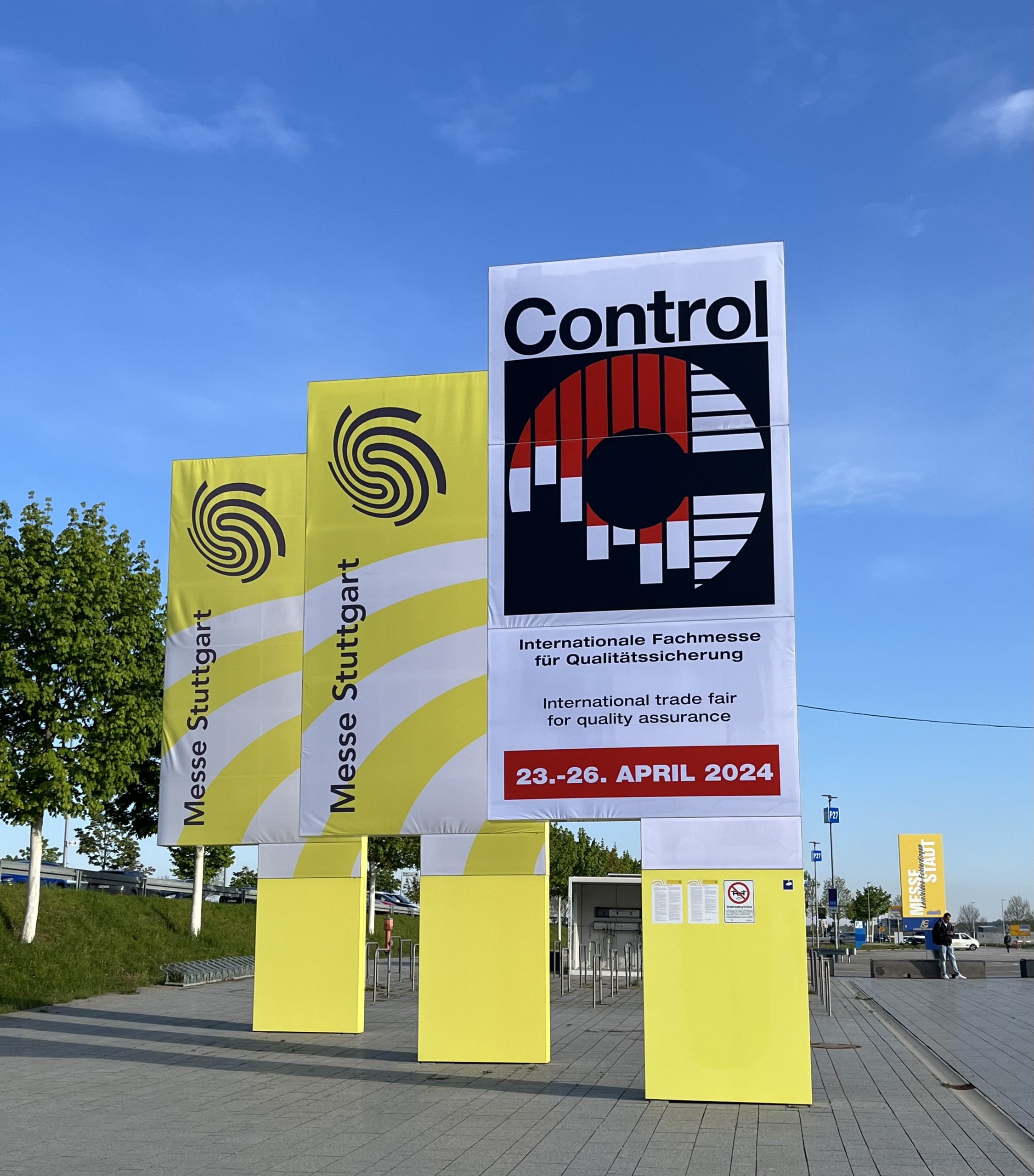
Gute Stimmung auf der Control 2024
Zur 36. Control, die vom 23. bis 26. April stattfand, kamen 475 Aussteller.
